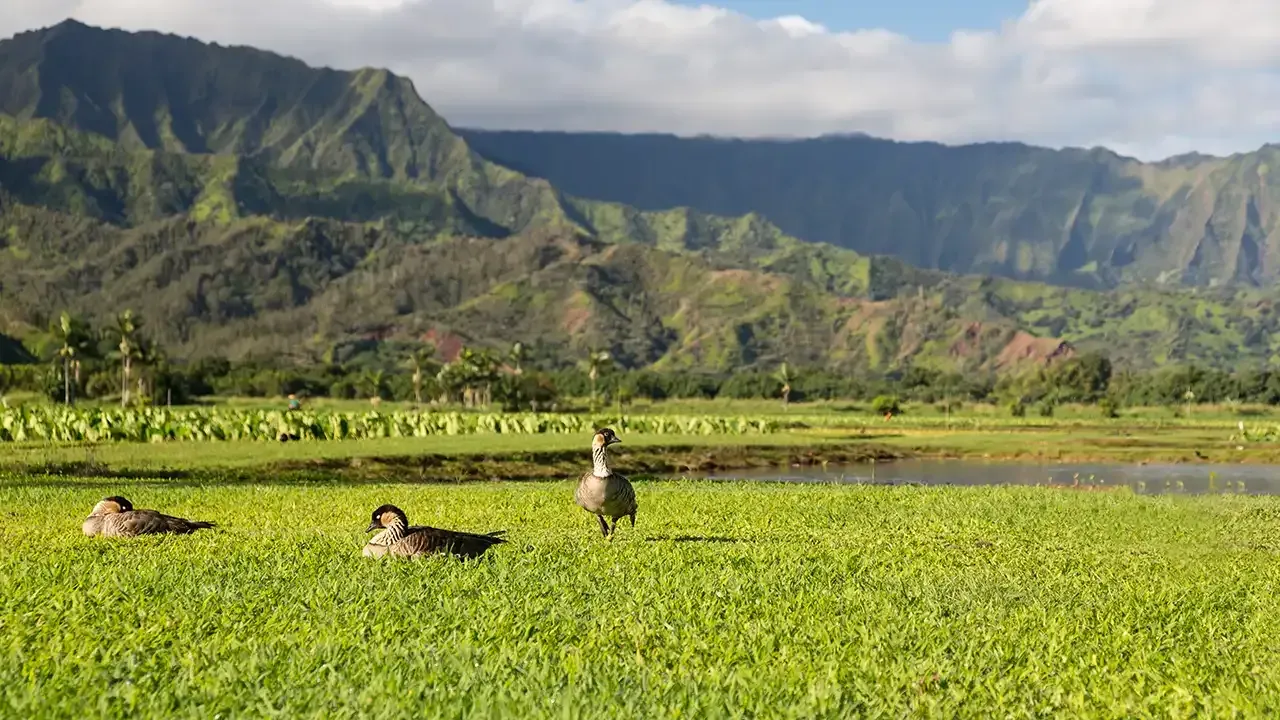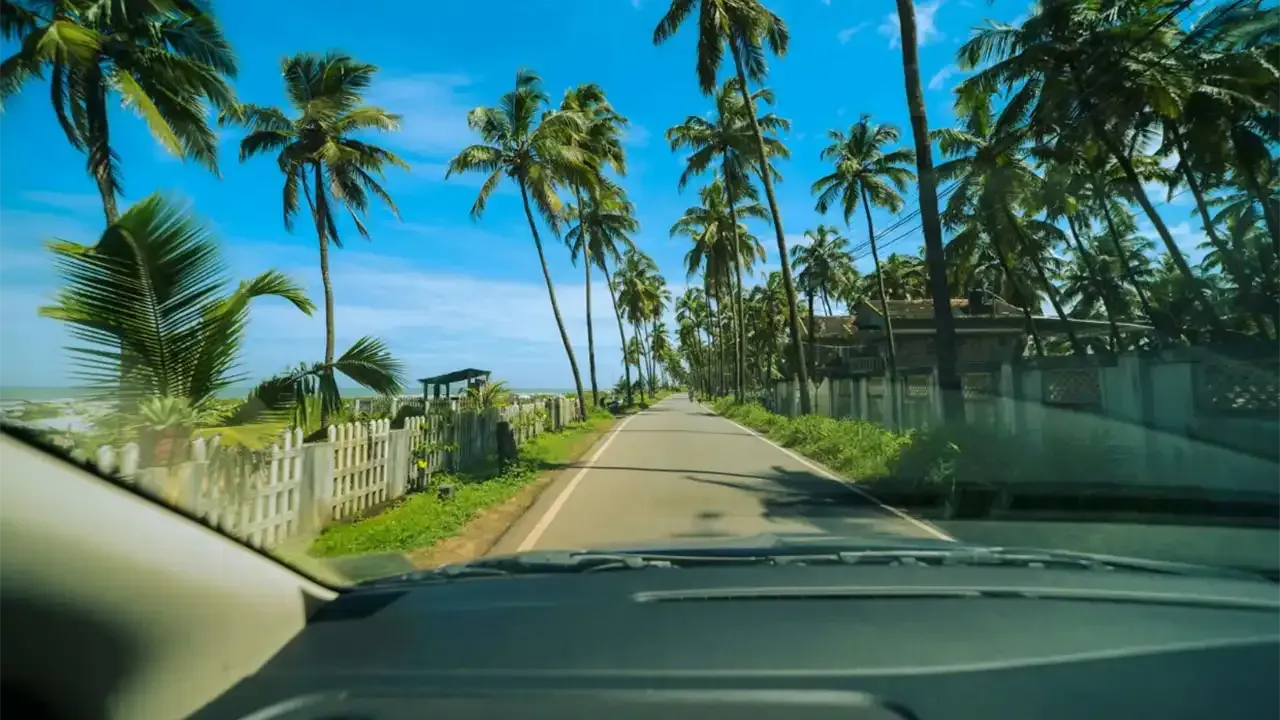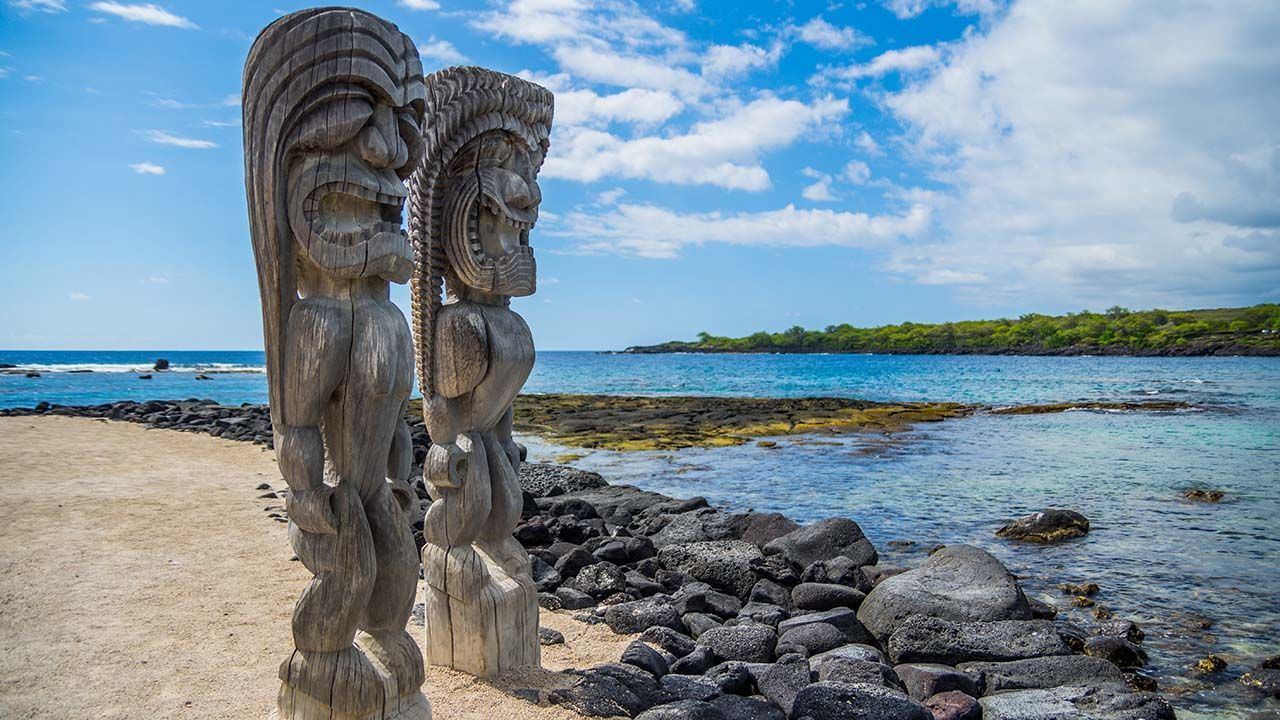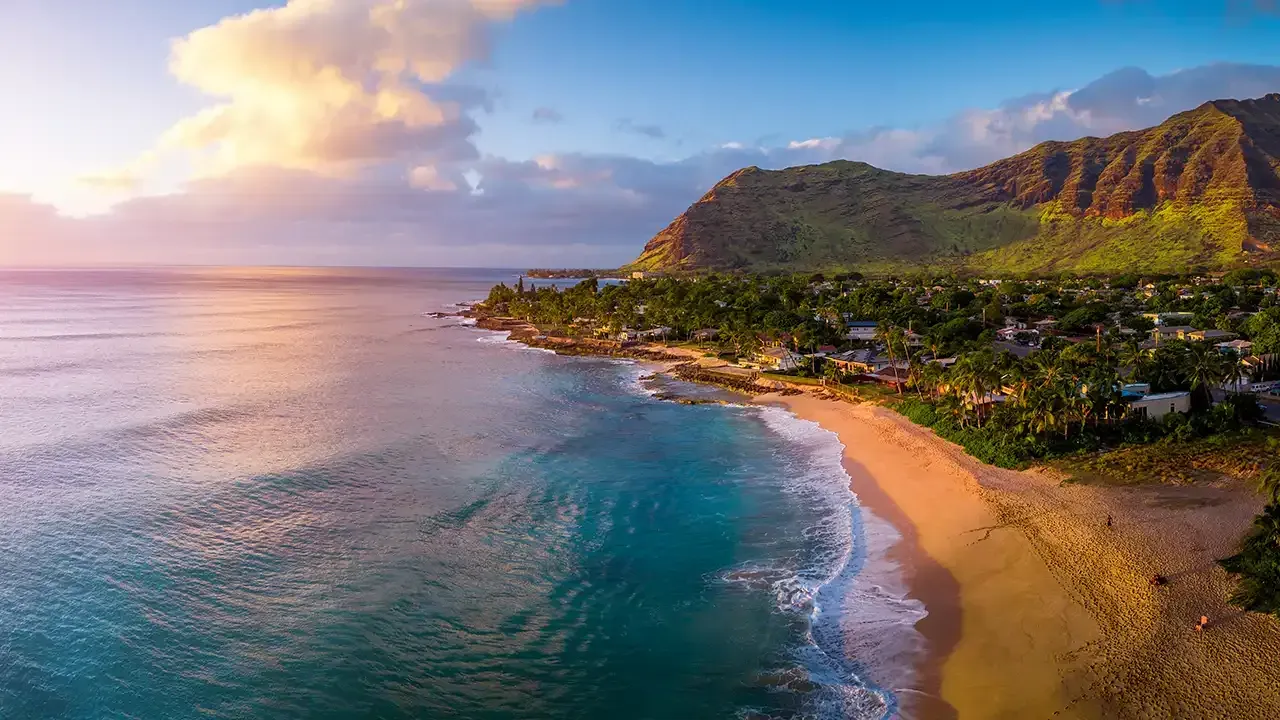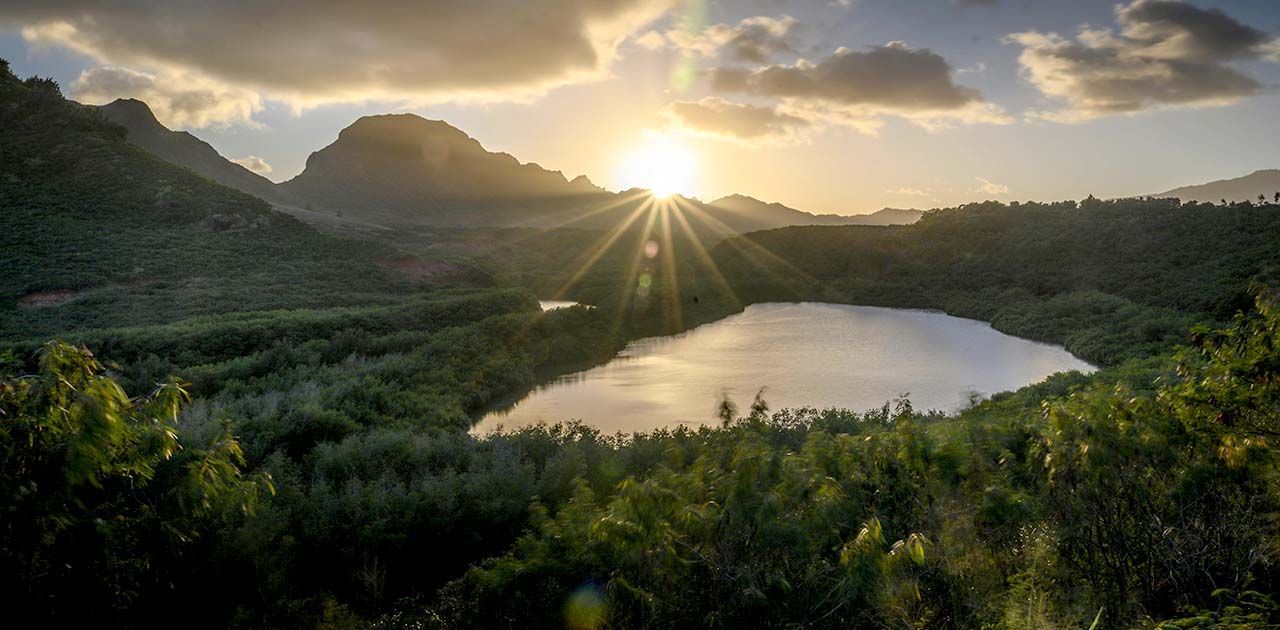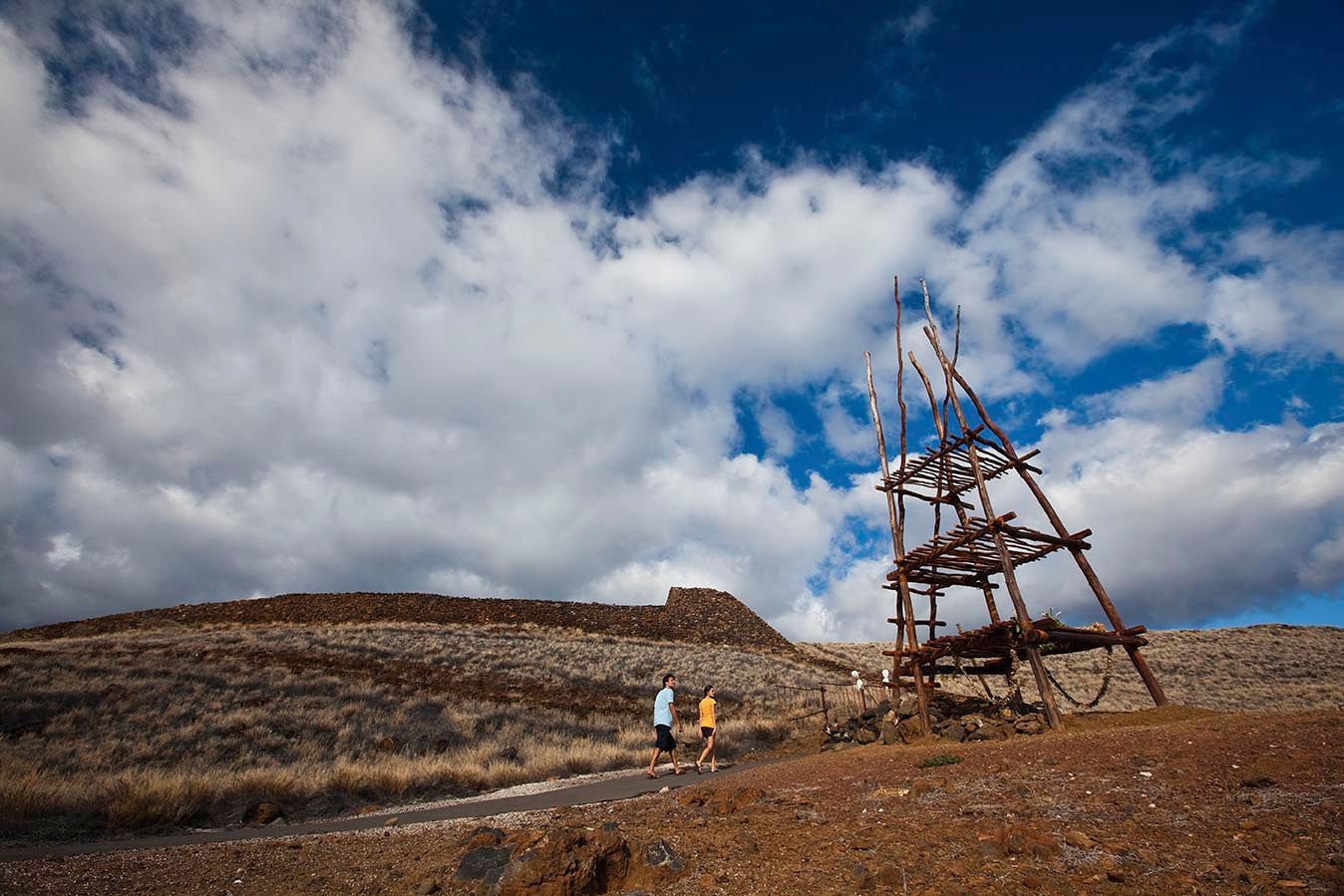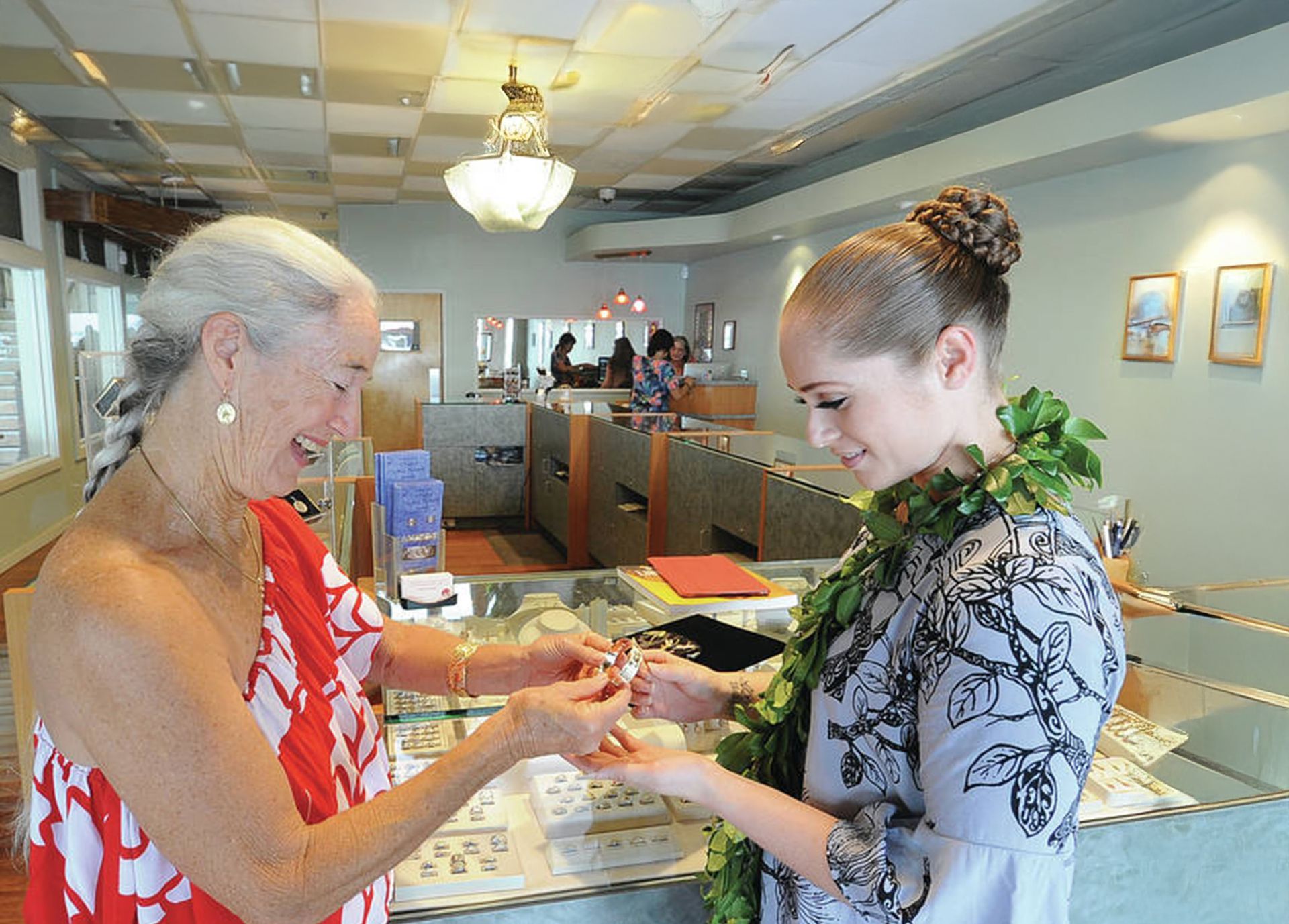Complete Guide to Hawaii Volcano and Lava Viewing
Hawaii Volcano and Lava Viewing: Best Tips, Spots & Times
Table of contents:
- Introduction to Hawaii's Volcanic Landscape
- Why Hawaii is a top destination for volcano enthusiasts
- Types of volcanoes in Hawaii
- Top volcanoes in Hawaii to visit
- Best islands in Hawaii for volcano viewing
- Where to see active lava in Hawaii
- When is the best time to see lava in Hawaii
- Lava viewing methods: by land, sea, and air
- Safety tips for lava viewing
- Best guided tours for volcano and lava viewing
- Self-guided lava viewing tips
- Photography tips for capturing lava and volcanoes
- Cultural and spiritual significance of volcanoes in Hawaii
- Volcano-related attractions and museums
- What to pack for a volcano viewing adventure
- Real-time resources for lava activity updates
- Eco-responsibility and leave-no-trace guidelines
- Frequently asked questions
Introduction to Hawaii's Volcanic Landscape
Hawaii is home to some of the most fascinating volcanic landscapes on Earth. Formed by millions of years of volcanic activity, the Hawaiian Islands are essentially mountains that have erupted from the seafloor and risen above the ocean. This fiery origin has made Hawaii a paradise for geology lovers, adventure seekers, and travelers eager to witness one of nature's most powerful forces — flowing lava.
A Brief History of Volcanic Activity in Hawaii
A stationary hot spot beneath the Pacific Plate formed the Hawaiian Islands. Unlike most volcanic activity along tectonic boundaries, Hawaii's volcanoes emerged as magma from this hot spot pierced through the moving plate above. As the Pacific Plate drifted northwest, new volcanoes formed in succession, creating a chain of islands and seamounts stretching over 1,500 miles.
Age and Growth of the Islands
Kauaʻi, the oldest main island, is about 5 million years old. The youngest, the Big Island of Hawaiʻi, is still forming today. Southeast of it, Kamaʻehuakanaloa (formerly Lōʻihi Seamount) is developing underwater and may surface in the next 10,000 to 100,000 years.
Eruption Styles and Geological Record
Hawaiʻi's volcanic activity is mainly effusive—slow-moving lava flows that form broad shield volcanoes. The Hawaiian-Emperor Seamount Chain, which includes older submerged volcanoes, offers a geological record of tectonic movement spanning nearly 80 million years.
Modern Volcanic Activity
The Big Island is home to two of the world's most active volcanoes: Mauna Loa and Kīlauea. Mauna Loa erupted in 2022 after 38 years. Kīlauea's frequent eruptions—like the significant 2018 event—have reshaped landscapes and communities, adding over 875 acres of new land.
Ongoing Monitoring
Today, the USGS Hawaiian Volcano Observatory monitors volcanic activity to inform residents and visitors as Hawaii's landscape evolves through these powerful geological forces.
Why Hawaii is a Top Destination for Volcano Enthusiasts?
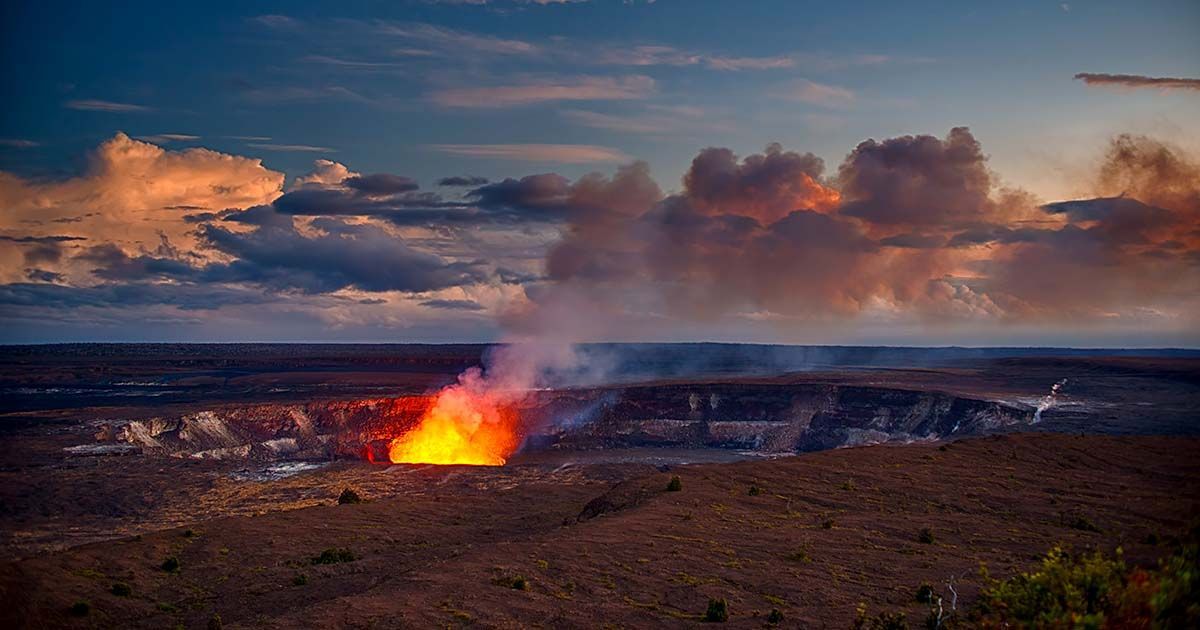
Unlike many volcanic regions that are remote or restricted, Hawaii offers safe, accessible, and immersive opportunities to experience active volcanoes up close. Designated viewing areas, guided hikes, and helicopter tours allow visitors to witness volcanic activity in real time safely.
Consistent Volcanic Activity
The Big Island, particularly Kīlauea—one of the world's most active volcanoes—regularly showcases lava lakes, surface flows, and ocean entries. These frequent eruptions provide ongoing, dramatic displays that attract volcano lovers from around the world.
Kilauea most recent eruption began December 23, 2024 and has had 15 episodes since then.
Diverse Volcanic Landscapes
Hawaiian volcanoes offer a wide variety of terrains:
- Vast lava fields on Mauna Loa
- Rugged landscapes near Puʻu ʻŌʻō Crater
- Lava tubes like Nāhuku (Thurston Lava Tube)
- Steaming vents and calderas in Hawai'i Volcanoes National Park, a UNESCO World Heritage Site
Visitors can hike across cooled lava flows, explore underground tunnels, and observe dramatic geological formations.
Cultural and Scientific Significance
Hawaiian volcanoes are deeply tied to the islands' culture and spirituality, primarily through reverence for Pele, the Hawaiian goddess of fire and volcanoes. Educational programs, ranger talks, and museum exhibits enrich the experience with cultural context and geological science.
Unique Ecological Variety
Volcanic activity supports diverse ecosystems—from lush rainforests to barren lava deserts and alpine tundra on Mauna Kea. Visitors can explore jungles, craters, volcanic cones, and ancient lava flows in a single day.
A One-of-a-Kind Destination
With its blend of consistent activity, stunning scenery, cultural depth, and scientific engagement, Hawaii stands out as one of the best places on Earth to experience volcanic phenomena.
Types of Volcanoes in Hawaii
Hawaii features several types of volcanoes, and understanding their nature adds depth to your exploration.
Shield Volcanoes vs Stratovolcanoes
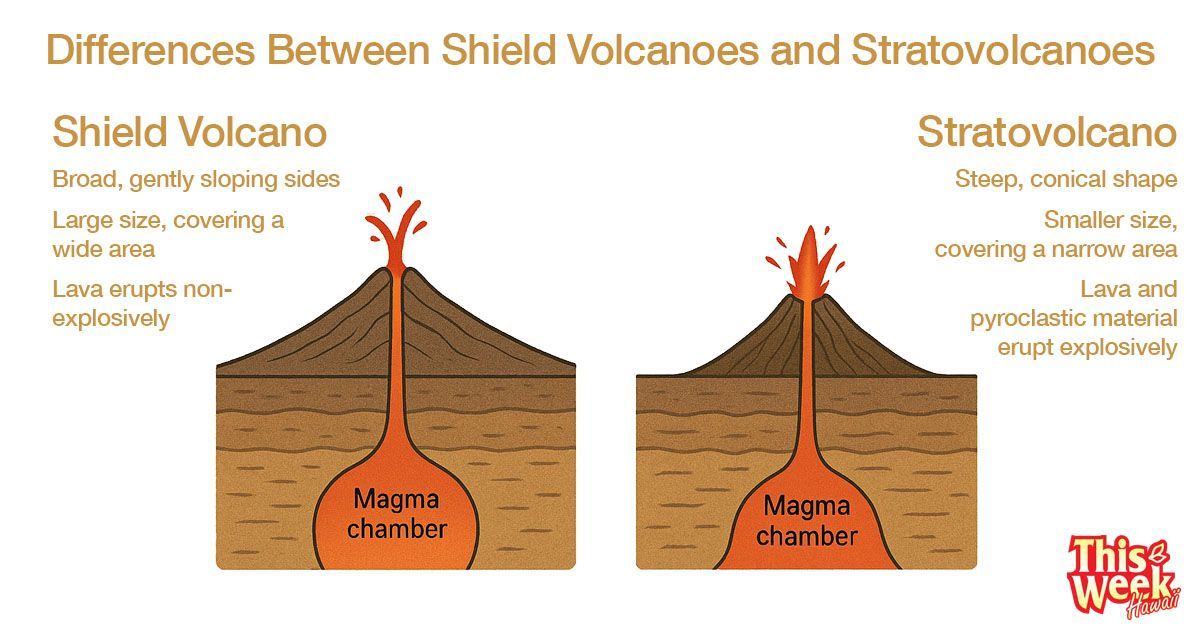
The volcanoes in Hawaii are primarily shield volcanoes. These are broad, gently sloping mountains built by the flow of low-viscosity basaltic lava. Unlike stratovolcanoes like Mount Fuji or Mount St. Helens, which erupt explosively, Hawaiian shield volcanoes often have gentle but continuous eruptions, making them ideal for lava viewing.
Active, Dormant, and Extinct Volcanoes Explained
- Active Volcanoes are erupting or have erupted recently (e.g., Kīlauea).
- Dormant Volcanoes: Haven't erupted in hundreds of years but may erupt again (e.g., Mauna Kea).
- Extinct Volcanoes: No signs of activity for thousands of years (e.g., Kohala).
Top Volcanoes in Hawaii to Visit
Kīlauea Volcano
Located in Hawaii Volcanoes National Park, Kīlauea is the most active volcano in Hawaii and among the most active worldwide. Its frequent eruptions provide incredible opportunities to witness lava up close — safely.
Mauna Loa
The largest volcano on Earth by volume, Mauna Loa erupted in late 2022 for the first time in nearly 40 years. It's a must-see for those interested in volcanic scale and power.
Mauna Kea
Although dormant, Mauna Kea is a sacred mountain and a hotspot for stargazing, thanks to its high elevation and clear skies.
Hualālai and Kamaʻehuakanaloa
- Hualālai is a dormant volcano near Kona, with its last eruption in 1801.
- Kamaʻehuakanaloa is an underwater volcano southeast of the Big Island, still forming and could emerge in thousands of years.
Best Islands in Hawaii for Volcano Viewing
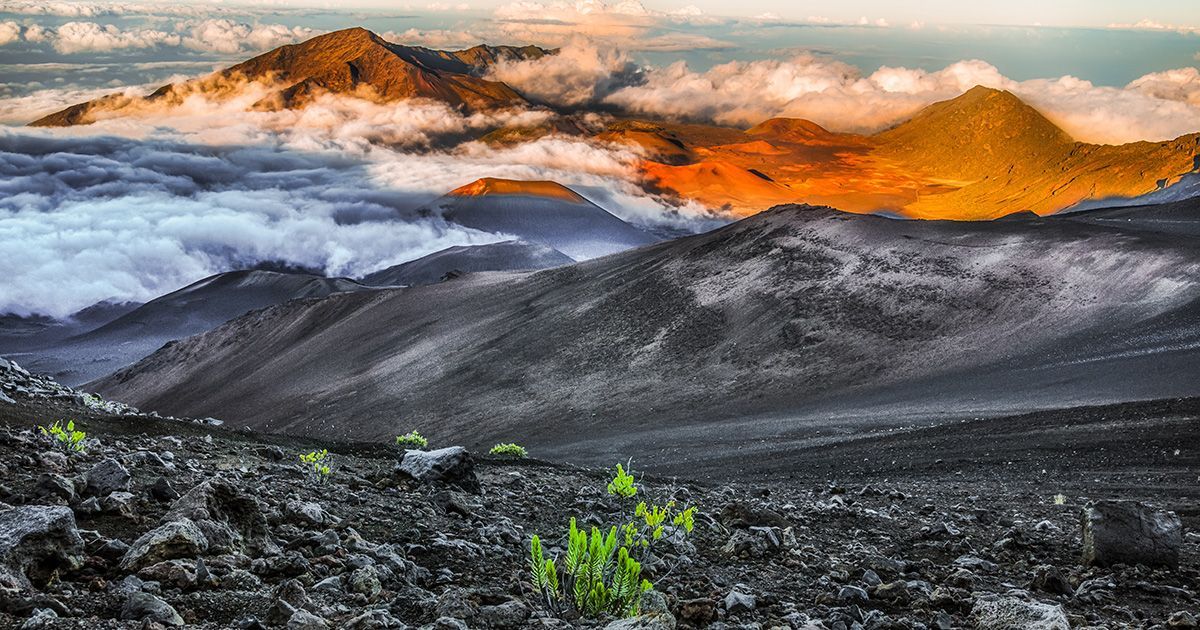
Big Island (Hawai'i Island)
This is the ultimate destination for lava lovers. Home to both Kīlauea and Mauna Loa, the Big Island offers the state's best and most reliable lava viewing spots.
Maui's Haleakalā Volcano
While not currently active, Haleakalā offers one of the most dramatic volcanic landscapes in Hawaii. Its massive summit crater spans over seven miles and features cinder cones, desert-like terrain, and sweeping views that resemble a Martian landscape. Though there’s no flowing lava, Haleakalā’s geological beauty and cultural significance make it a must-see for volcano enthusiasts.
Spiritual Connection to Volcanoes
Native Hawaiians reverently for volcanoes, viewing eruptions as sacred events. Communities often gather during eruptions to chant, offer hoʻokupu (gifts), and recite oli (chants) to honor Pele, the Hawaiian goddess of fire volcanoes, and seek her protection.
Rituals of Respect
Traditional offerings—leis, ti leaves, flowers, and food—are placed near lava flows or craters as acts of spiritual communication. These gestures reflect the belief that humans are hoaʻāina (caretakers of the land), affirming a sacred bond between people and nature.
Visitor Responsibility
Tourists are urged to respect these customs by:
- Avoiding sacred areas
- Not taking lava rocks or sand (which is often illegal and always culturally offensive)
- Recognizing that lava is seen as a living form of Pele
Pele's Curse
It's widely believed that removing rocks or sand invites spiritual misfortune—known as Pele's Curse. Many visitors have returned lava rocks after experiencing personal hardships, underscoring the enduring strength of this belief.
Where to See Active Lava in Hawaii
Seeing active lava in Hawaii is a once-in-a-lifetime experience — but it's all about being in the right place at the right time. While eruptions aren't constant, they happen frequently enough for visitors to witness the spectacle if they know where to go.
Hawai'i Volcanoes National Park
This is the most reliable and safest location to see lava in Hawaii. The park covers over 300,000 acres and includes both Kīlauea and Mauna Loa. When either volcano is active, the National Park Service sets up designated viewing areas to keep visitors safe. The popular Crater Rim Drive and Chain of Craters Road offer excellent views during eruptions.
Kalapana Lava Viewing Area
Kalapana was once a thriving village located on the Big Island's southeast side. Still, it was mostly destroyed by Kilauea volcano’s lava in the 1990s. Today, it is an informal lava viewing area when flows reach the coast. Access can vary, so checking with local guides or rangers before heading out is essential.
Boat Tours off the Puna Coast
When lava reaches the ocean, boat tours from areas like Hilo or Pohoiki offer a unique way to see the dramatic interaction of fire and water. Watching glowing lava hit the Pacific Ocean and sending up clouds of steam is both eerie and awe-inspiring.
When is the Best Time to See Lava in Hawaii?
Timing is everything when it comes to lava viewing. Hawaii's volcanoes do not erupt on a set schedule, so planning around real-time updates is key.
Seasonal Activity Patterns
There is no strict lava season, but volcanic activity can fluctuate. The rainy season (November to March) can make hiking to lava flows more challenging, while the dry season (April to October) is typically better for outdoor adventures.
Night vs. Day Viewing
Nighttime viewing is magical — the glow of the lava is far more vivid in the dark. Tour operators schedule trips just before sunset to let guests experience daylight and night conditions. However, daytime viewing offers better visibility of the surrounding terrain, especially for photography and hiking.
Lava Viewing Methods: By Land, Sea, and Air
There are three main ways to view lava, each offering a unique perspective.
Hiking to Lava Flows
For the adventurous, hiking to see lava is a thrilling experience. Guided hikes through Hawaii Volcanoes National Park or along county trails in Kalapana can bring you close to surface flows. Depending on the flow's location, these hikes range from a few miles to strenuous treks.
Helicopter Tours
Helicopter tours provide an unforgettable bird's-eye view of volcanic activity. Departing from Hilo or Kona, flights take you over craters, rift zones, and lava rivers. It's one of the best ways to cover a lot of ground and see parts of the island inaccessible by foot.
Boat Excursions
When lava enters the sea, boat tours offer a front-row seat to one of Earth's rarest sights. Be prepared for rough waters and intense heat, and always use licensed, insured operators who follow safety protocols.
Safety Tips for Lava Viewing
Safety should always come first. Volcanic areas are inherently dangerous, but with preparation and common sense, you can have a secure and enjoyable experience.
Volcanic Hazards to Watch For
- Toxic gases like sulfur dioxide and vog (volcanic smog)
- Sudden terrain changes from lava tubes or crust collapse
- Sharp lava rock that can easily cut through shoes or skin
- Heat exposure near active flows
Gear and Equipment Recommendations
- Sturdy hiking boots (not sandals!)
- Flashlight or headlamp for night viewing
- Plenty of water and snacks
- Lightweight rain jacket and sun protection
- GPS or map (some areas have no cell signal)
Staying Updated with USGS Alerts
Always monitor real-time alerts from the USGS Hawaiian Volcano Observatory. Their website offers updated eruption maps, seismic activity reports, and webcams to confirm active flows visually.
Best Guided Tours for Volcano and Lava Viewing
Guided tours are your best bet if you prefer a curated educational experience.
Top Tour Companies on the Big Island
- Lava Guides: Offers private tours and custom photography adventures
- Hawaii Forest & Trail: Combines ecology, geology, and history on their treks
- Blue Hawaiian Helicopters: Premier helicopter tours over erupting volcanoes
- Wasabi Tours Hawaii: Experience volcanoes, waterfalls, and more
What to Expect from a Lava Viewing Tour
Most tours include transportation, safety gear, and a knowledgeable guide. Expect early departures, strenuous walking, and flexible plans — nature doesn't always stick to schedules!
Self-Guided Lava Viewing Tips
Independent travelers can still enjoy incredible experiences — with a bit of planning.
Recommended Trails and Lookouts
- Devastation Trail: Easy and accessible with panoramic views
- Haʻakulamanu (Sulphur Banks) Trail: Marvel at volcanic gases seeping out of the ground
- Kīlauea Overlook: Ideal for viewing crater glow at night
Permits and Park Regulations
Most Hawai'i Volcanoes National Park areas don't require a special permit, but always obey posted signs and stay on marked trails. Off-limits areas are enforced for your safety and environmental protection.
Photography Tips for Capturing Lava and Volcanoes
Capturing the drama and beauty of Hawaii's volcanic activity on camera can be a thrilling challenge. Some planning goes a long way, whether using a smartphone or a professional DSLR.
Best Camera Settings
- Low Light Settings: Use long exposures and a tripod for night lava shots. Set ISO to 400–800 and aperture to f/2.8–f/5.6 for best results.
- Shutter Speed: Adjust based on the light and movement of the lava — faster speeds for glowing lava spurts, slower for glowing rivers.
- Manual Focus: Autofocus often struggles in low light, so switch to manual to lock in sharp images.
Day vs Night Shots
- Daytime: Great for capturing the broader volcanic landscape, craters, steam vents, and terrain.
- Nighttime: Offers the most dramatic images — lava glows red-orange against a pitch-black sky, and steam clouds reflect the fiery hues.
Drones and Legal Restrictions
Flying drones in national parks is strictly prohibited. If you're outside park boundaries and have the proper FAA registration and permissions, you may fly — but check local regulations. When in doubt, opt for a helicopter tour with aerial photography access.
Cultural and Spiritual Significance of Volcanoes in Hawaii
To the people of Hawaii, volcanoes are not merely geological features — they are living, breathing entities, deeply revered as powerful spiritual forces. The volcanic landscape is infused with mana (spiritual energy), and every crater, lava tube, and fissure tells a story rooted in Hawaiian mythology, history, and cultural practices. Understanding this spiritual connection is essential for visitors seeking a more profound, more respectful experience of Hawaii's natural wonders.
Pele: Hawaiian Goddess of Fire and Volcanoes
At the heart of Hawaii's volcanic lore is Pele, the goddess of fire, lightning, wind, and volcanoes. She is also known as Pelehonuamea "Pele of the sacred earth", Ka Wahine ʻAi Honua "earth-eating woman", Ka Wahine O Ka Lua "woman of the pit", Madame Pele, and Tūtū Pele. Pele is a dynamic force responsible for the islands' birth.
According to legend, she journeyed from Kahiki (Tahiti) to Hawaii in search of a suitable home, eventually settling in the Halemaʻumaʻu Crater at the summit of Kīlauea, where she is believed to dwell.
Pele's mythos is rich and complex. She is portrayed as passionate, unpredictable, and fiercely protective of her land. Stories of her anger resulting in fiery eruptions or her presence appearing as an elderly woman dressed in white are still shared today.
When eruptions occur, many Hawaiians view it not as a disaster but as Pele's manifestation — a sacred act of creation as she reshapes the land.
What to Pack for a Volcano Viewing Adventure
Proper preparation is key to enjoying your volcanic adventure safely and comfortably.
Essential Clothing and Gear
- Lightweight, moisture-wicking clothing
- Sturdy hiking boots or shoes with thick soles
- Sun hat and sunglasses
- Light jacket or windbreaker (especially for higher elevations)
Food, Water, and Navigation Tools
- Bring at least 2 liters of water per person
- High-energy snacks like trail mix or protein bars
- GPS or downloadable offline maps
- Fully charged phone and backup power bank
Real-Time Resources for Lava Activity Updates
Before heading out, always check the latest updates from reliable sources:
Using USGS & NPS Websites
- USGS Volcano Hazards Program: Real-time eruption alerts, status maps, webcams
- Hawaii National Park Service: Park closures, trail conditions, viewing tips
Social Media and Local News Updates
- Follow @USGSVolcanoes on Twitter/X
- Follow HNPS on Instagram
Eco-Responsibility and Leave No Trace Guidelines
While volcanoes may feel indestructible, the surrounding ecosystems are incredibly fragile.
Respecting the Land
- Stay on marked trails to avoid damaging plant life or new lava crust
- Avoid touching lava or removing rocks — both for safety and cultural reasons
- Use restrooms before hiking to minimize waste in nature
Avoiding Environmental Harm
- Use refillable water bottles
- Carry out all trash, including food wrappers
- Do not disturb wildlife or native plants
Frequently Asked Questions (FAQs)
Can you see lava flowing year-round in Hawaii?
No, lava isn't always visible. Activity depends on current eruptions. Kīlauea is the most consistently active volcano, but even it has dormant periods. Always check USGS or NPS updates before planning your trip.
Is it safe to visit a volcano in Hawaii?
Yes — if you follow posted warnings and guidelines. Use common sense, wear proper gear, and consider going with a guide if you're unfamiliar with the terrain.
Which island is best for seeing volcanoes in Hawaii?
The Big Island (Hawai'i Island) is the top destination, home to Kīlauea, Mauna Loa, and several accessible lava viewing areas.
Are children allowed on lava tours?
Yes, many tours are family-friendly. However, age restrictions may apply for hikes due to terrain difficulty. Always check with the tour company in advance.
How long does a volcano eruption last in Hawaii?
It varies — some eruptions last days, others for years. Kīlauea erupted almost continuously from 1983 to 2018! The duration depends on geological factors.
Can I hike to the lava by myself?
In some areas, yes — but going with a guide is safer and more informative. Hiking to active lava flows can be dangerous and unpredictable.

